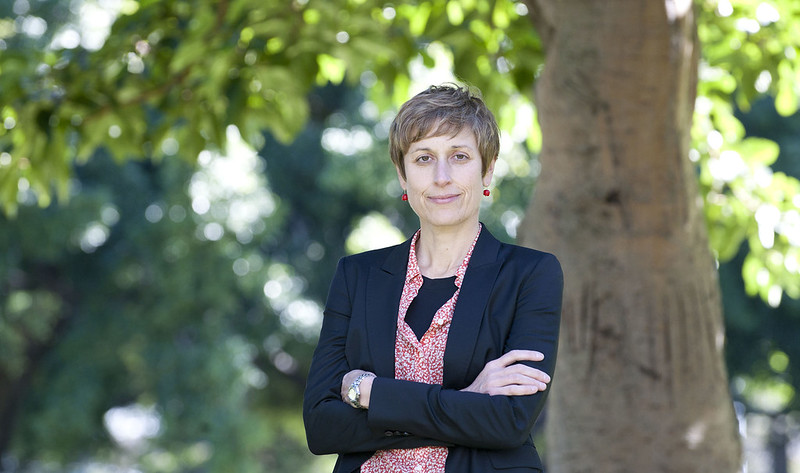
A research collaboration between QUT and the will help teachers and schools better understand what works in online safety education.
Experts from QUT’s worked with the national online safety regulator to produce stage one of the released in June.
Led by , the research team undertook a rigorous international scan of literature that formed the framework’s foundation.
This includes guidance on students’ rights in the digital age, individual risk and protective factors, effective school-wide approaches, integrated curriculum and improved reviews and evaluation.
Professor Walsh said the framework is the first vital step towards filling a gap in Australia’s knowledge of online safety education.

“Online safety education in Australia desperately needs a set of overarching and unifying principles to guide practice for teachers and school leaders,” said Professor Walsh.
“A framework is important to set directions for school curriculum and pedagogy, including specialist providers who deliver online safety education in schools.
“It has already been used to inform eSafety’s Toolkit for Schools, which was very important over the past few months when education moved online due to the COVID-19 pandemic.
“We’re pleased the eSafety Commissioner is leading the way to develop this important framework and that QUT was invited to lend our expertise to the essential research work.”
The team is now working on stage two of the framework, which involves consultations with online safety education experts and the education sector.
“The framework needs to be collaboratively refined with stakeholders so that it can be as relevant as possible and has the best chance of actually making a difference at a practical level,” said Professor Walsh.
Professor Walsh said her vision for online safety education is to ensure everyone is aiming for safer and more positive experiences online for children.
“Online safety education is a kind of infrastructure. The foundations must be based on the mindset that children have the right to participate actively and safely online,” said Professor Walsh.
“The scaffolding is made up of a network of school system curriculum, policies and procedures, school staff, companion agencies with eSafety expertise, and families.
“Everyone will be attuned to and informed on what works, for whom, and how – and focused on students as competent and safe users of technology .”
Visit the to read the Online Safety Education Framework.






